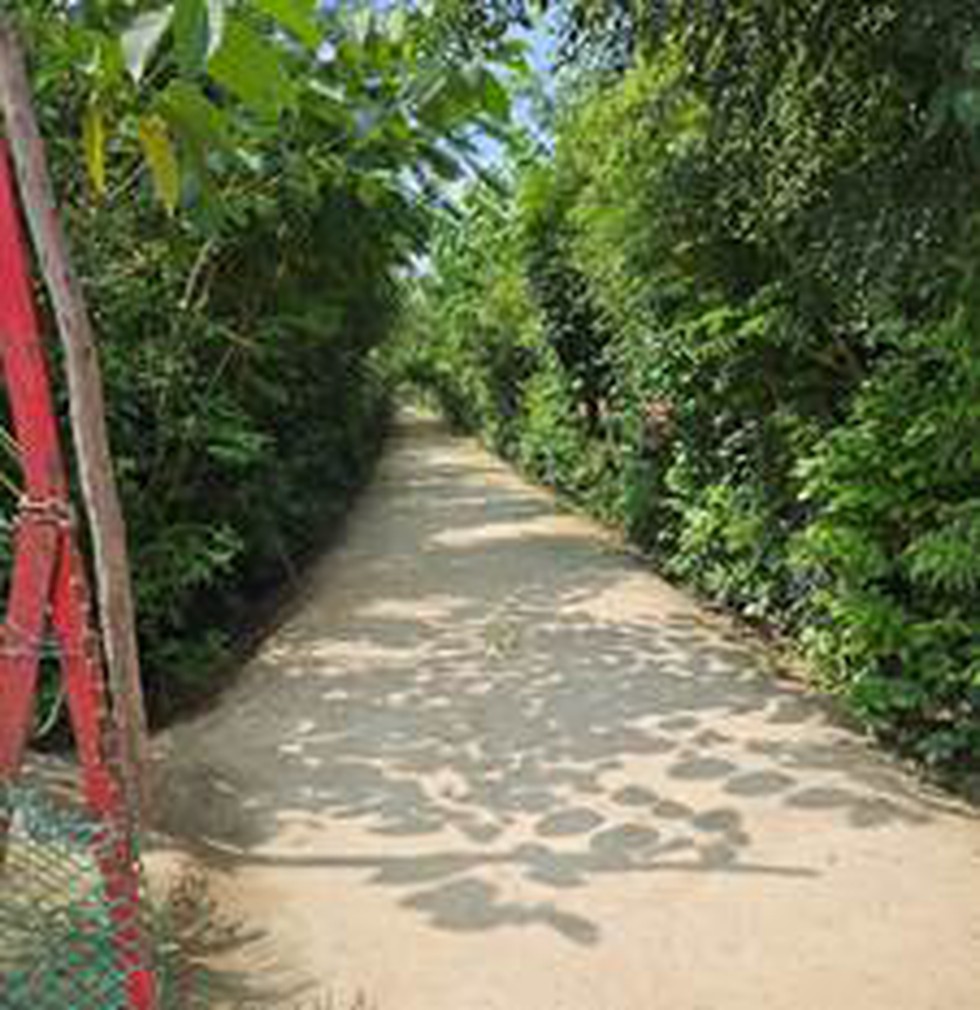In preparation for Mahakumbh 2025, the Prayagraj Municipal Corporation has implemented innovative measures to ensure a healthy environment for millions of devotees. Using the Japanese Miyawaki technique, dense forests have been developed across various locations in Prayagraj, significantly improving air quality and promoting environmental conservation.
What is the Miyawaki Technique?
- Developed by Japanese botanist Akira Miyawaki in the 1970s.
- Known as the “pot plantation method”, it involves planting trees and shrubs close together to mimic natural forests.
- Promotes rapid growth—plants grow 10 times faster than traditional methods.
- Uses a mix of native species to enhance biodiversity and soil quality.
Benefits of the Miyawaki Technique
- Faster Growth: Accelerates forest development.
- Environmental Impact: Absorbs more carbon, reduces pollution, and improves biodiversity.
- Urban Transformation: Converts barren lands into lush green ecosystems.
- Temperature Regulation: Lowers temperatures by 4 to 7 degrees Celsius in dense forest areas.
Efforts by the Prayagraj Municipal Corporation
- Over the past two years, dense forests have been developed in 10 locations, covering 55,800 square meters.
- Largest plantation in the Naini industrial area:
- 1.2 lakh trees from 63 species.
- Baswar garbage yard transformed:
- 27,000 trees from 27 species planted.
- Helped reduce industrial waste, dust, dirt, and bad odour.
Key Benefits in Prayagraj
- Enhanced air quality.
- Reduction in dust and pollution.
- Improved biodiversity and ecological balance.
- Mitigation of industrial waste and prevention of soil erosion.
Fruit-Bearing and Medicinal Plants
- Mango, Mahua, Neem, Peepal, Tamarind, Amla, Ber, Lemon, Drumstick (Sahjan).
Ornamental and Medicinal Plants
- Hibiscus, Kadamba, Gulmohar, Jungle Jalebi, Bougainvillea, Brahmi.
Other Species
- Sheesham, Bamboo, Kaner (Red and Yellow), Tecoma, Kachnar, Mahogany, Arjuna.
Environmental Benefits
According to Dr. N.B. Singh, former Botany professor at Allahabad Central University:
- Reduces the temperature difference between day and night.
- Boosts biodiversity and soil fertility.
- Creates habitats for animals and birds.
- Lowers temperatures in forested areas.
Conclusion
The Miyawaki technique has proven to be an effective solution for urban environmental challenges. By creating dense forests, the Prayagraj Municipal Corporation has set a benchmark for sustainable development, ensuring a healthier atmosphere for Mahakumbh 2025 and beyond.
Multiple-Choice Questions (MCQs):
1. Who developed the Miyawaki technique?
a) Dr. N.B. Singh
b) Akira Miyawaki
c) Chandra Mohan Garg
d) Mahatma Gandhi
Answer: b) Akira Miyawaki
2. How many locations in Prayagraj have been covered under the Miyawaki project?
a) 5
b) 8
c) 10
d) 12
Answer: c) 10
3. What is the largest plantation site in Prayagraj under this project?
a) Baswar garbage yard
b) Naini industrial area
c) Civil Lines
d) Allahabad University
Answer: b) Naini industrial area
4. Which species are included in the Miyawaki forests in Prayagraj?
a) Mango, Neem, Bougainvillea
b) Pine, Oak, Eucalyptus
c) Coconut, Banana, Papaya
d) None of the above
Answer: a) Mango, Neem, Bougainvillea
5. What is one of the major benefits of Miyawaki forests?
a) Increases soil erosion
b) Reduces air and water pollution
c) Promotes industrial waste
d) Increases temperature
Answer: b) Reduces air and water pollution
